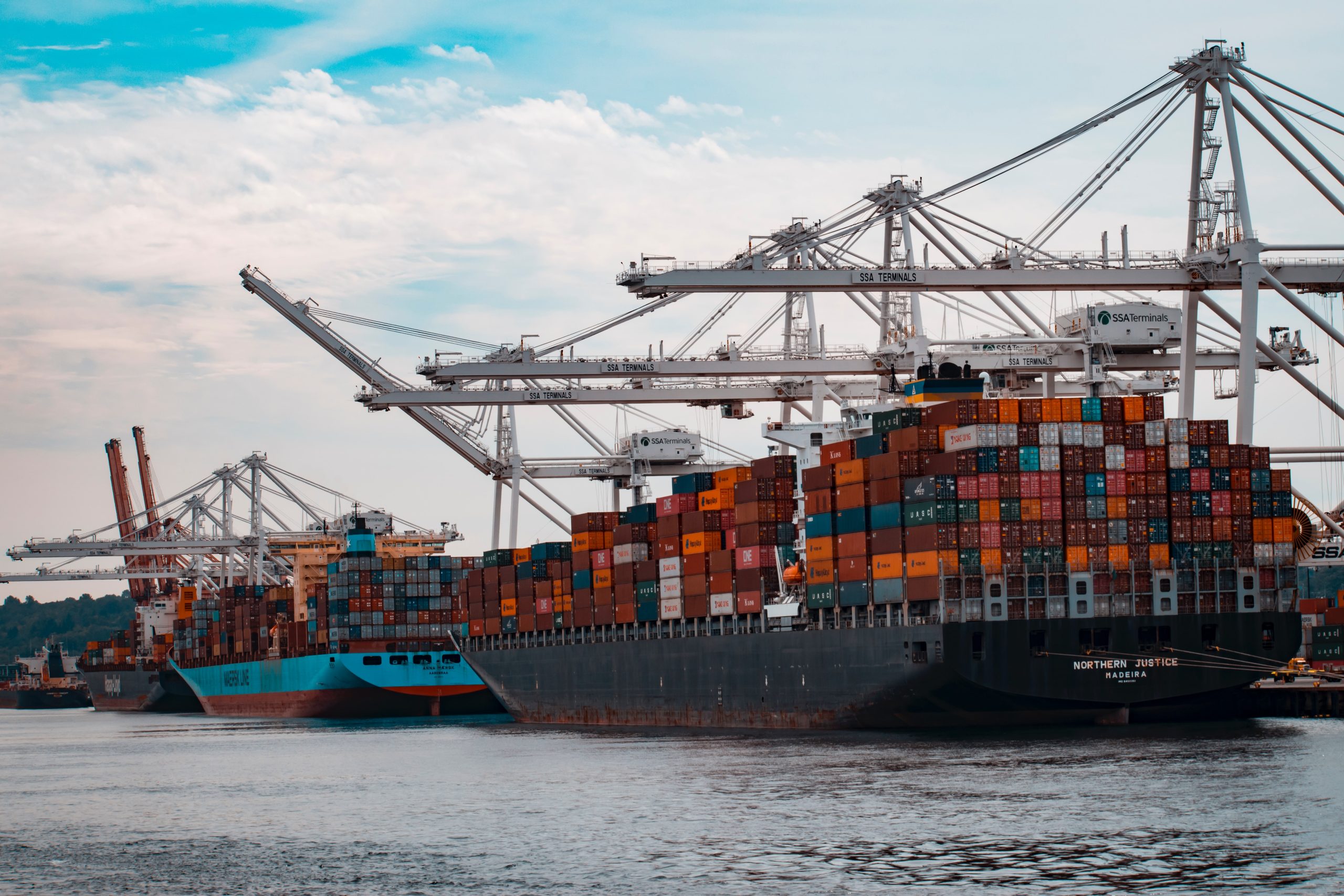gCaptain, Published October 31, 2022
These past years, with the boom of international trade, the global ocean freight market has significantly increased. 66 million TEUs are forecasted in 2022. Its size was valued at USD 6.41 billion in 2020 and should go up to 13.19 billion tons by 2028, registering a compound annual growth rate (CAGR) of 2.5% from 2021 to 2028.
It serves as the backbone of the global supply chain industry, since about 80 percent of all goods are carried by sea. The top 10 carriers dominate the market, controlling 85% of the market. Technology is largely contributing to their leading position above independent actors. API connection, in particular, are a disruptive turning point in industry shift to digitalization.
Acronym of “application programming interface”, an API connects data from various sources to one centralized decision-making center. Based on a two-way data transmission, this tool acts as a bridge between several information systems, including their respective software, databases and devices for steady and seamless communication.
With APIs, any company is able to link its own applications to its partners’, and make them widely available to users over the internet or via dedicated mobile apps. Thanks to this interface, humans can get the information or access the functionalities they need on a single and simple interface.







